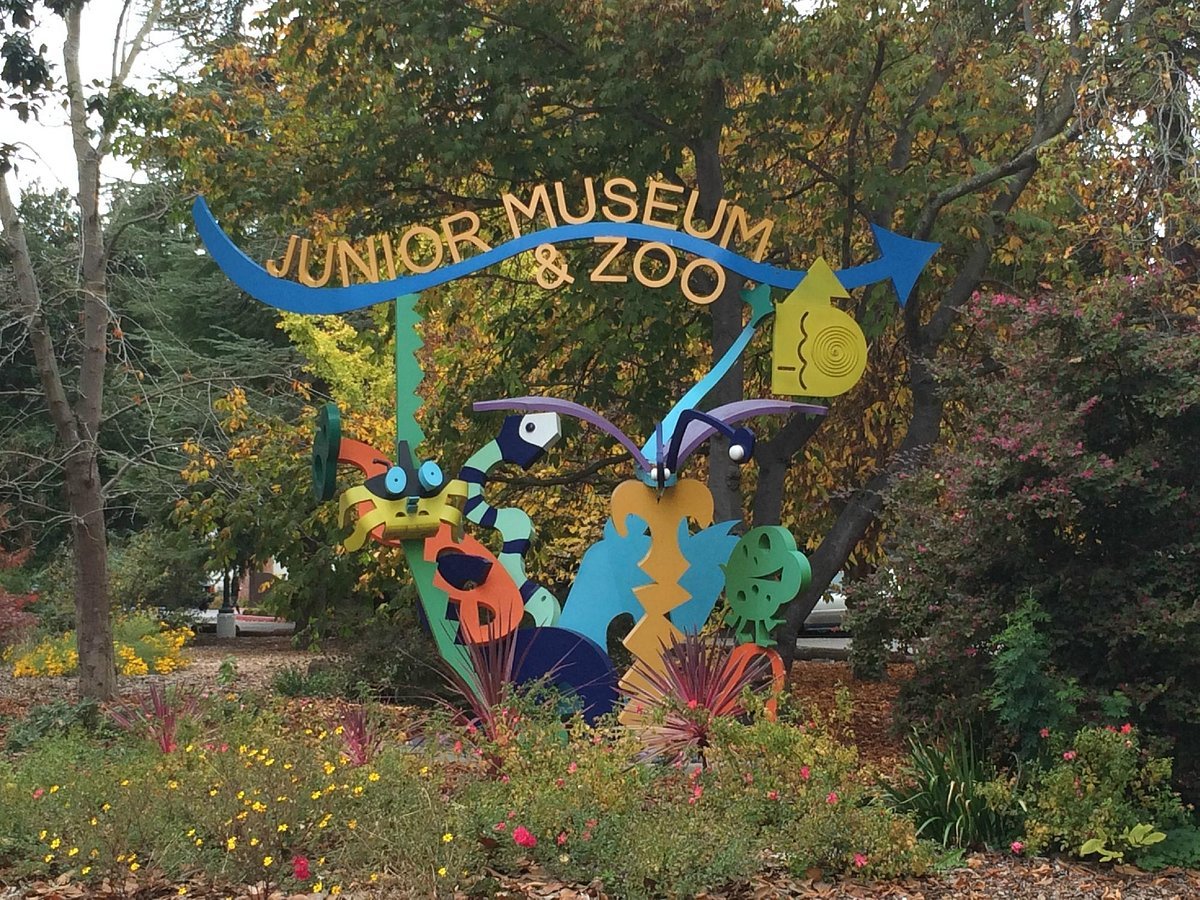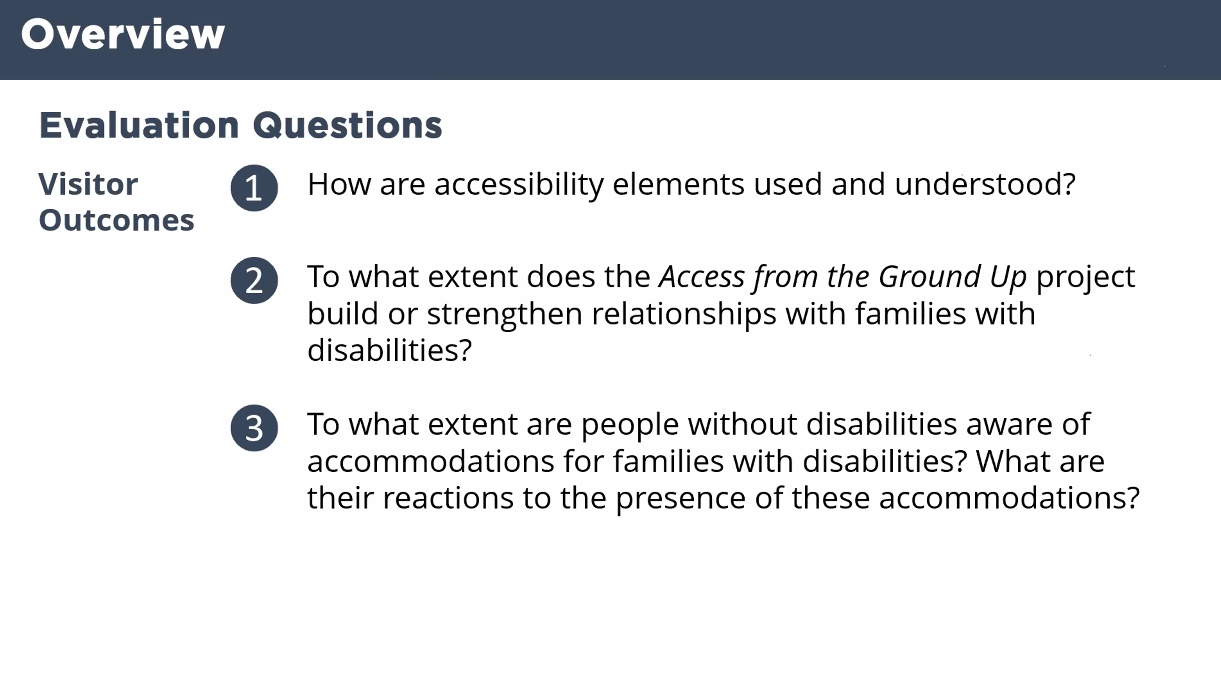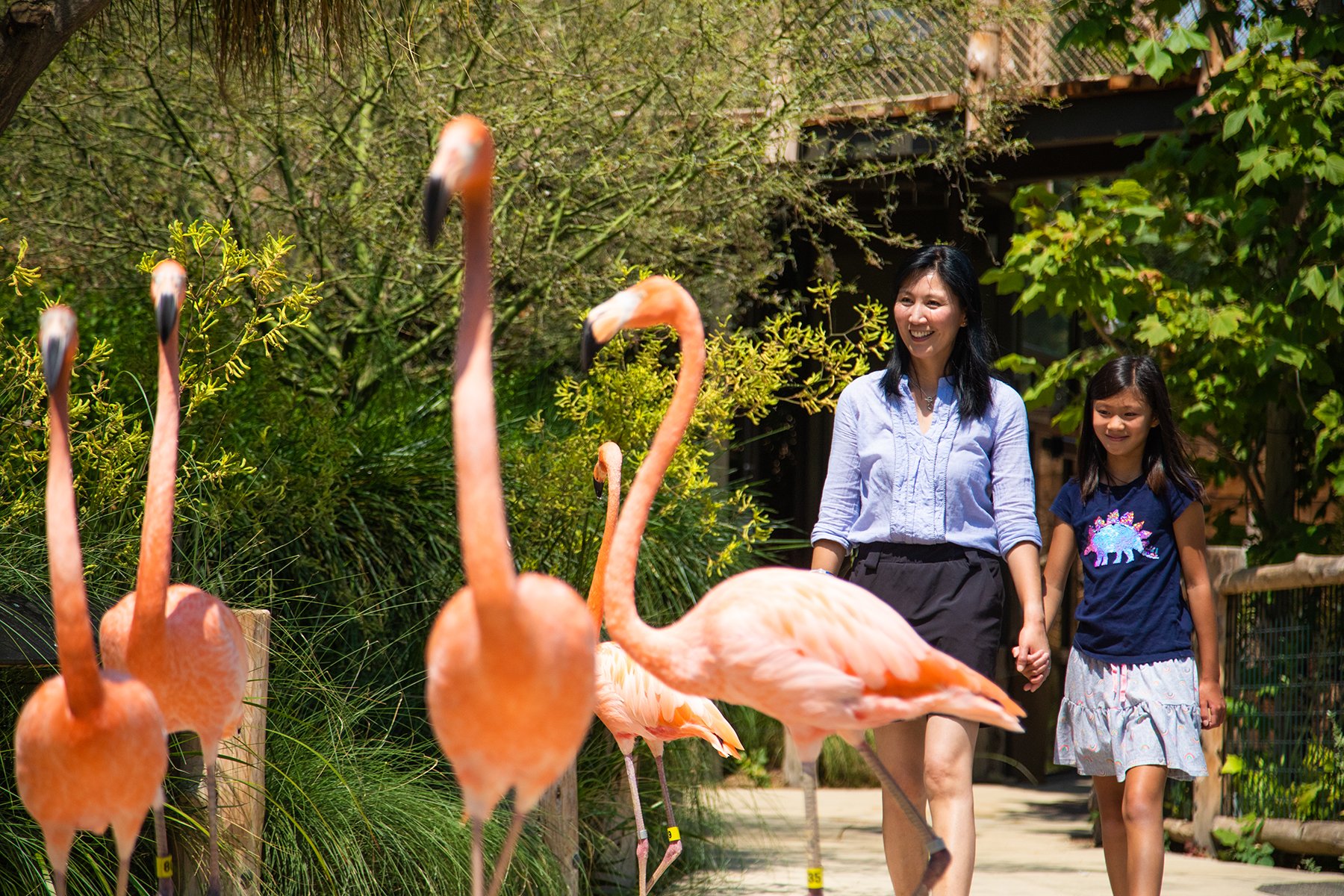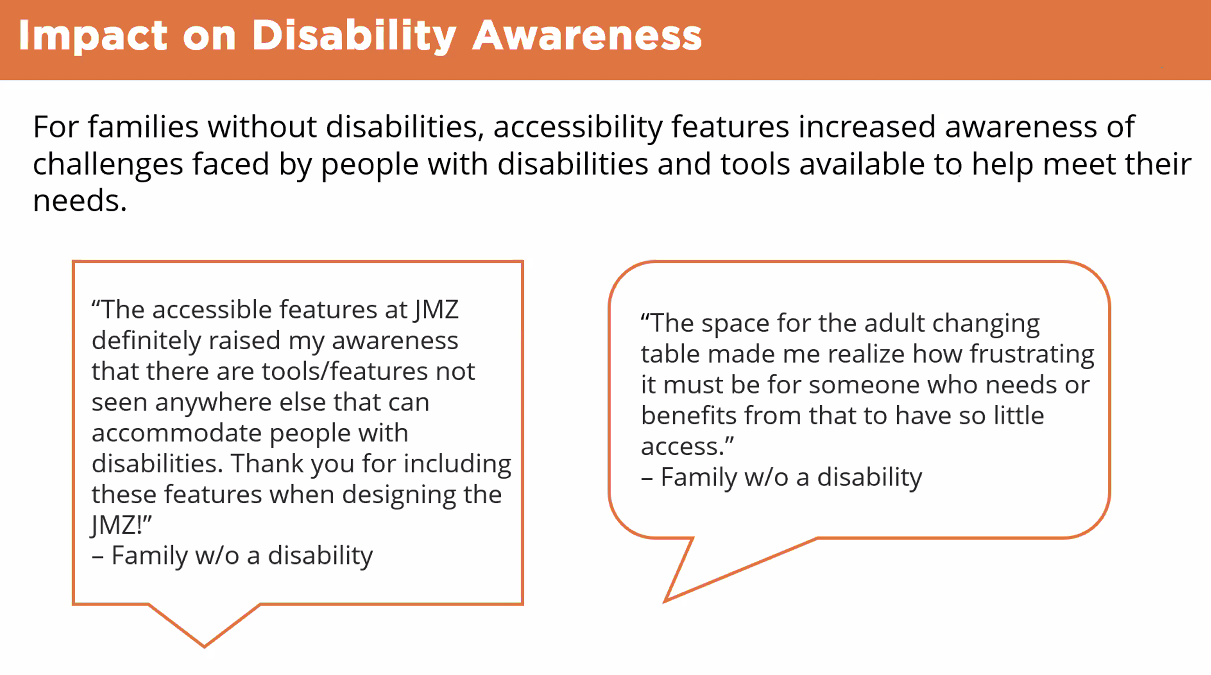don’t we all deserve the best?
Image Courtesy of Palo Alto Junior Museum and Zoo
In Part 1 of “A Tale of Two Trails” I talked about some of the best practices observed on a self-guided trail (SGT) in Cloudcroft, New Mexico at the Sleepy Grass Campground. The SGT in this post is a bit different because it takes place at a zoo. You may not think of zoos in this way, but the reality is most zoos are a self-guided experience.
Image Courtesy of Palo Alto Junior Museum and Zoo
Palo Alto Junior Museum & Zoo
Palo Alto, California, USA
My experience with the Junior Museum & Zoo (JMZ) took place when attending a webinar and examining its website. What impressed me about JMZ webinar session was their use of evaluation to assess the success of special events and regular experiences at the site by visitors.
A bit more background on the site…
· Site Mission: “The Palo Alto JMZ is dedicated to providing quality science education, supporting wildlife conservation, and advocating for animal welfare. Our robust community outreach program serves approximately 184,000 children and their adults.”
· It was founded in 1934 by a teacher and in November 2021 opened a new site location.
· The new location incorporated accessibility in a variety of ways.
· There are about 200 animals, mainly indigenous to California, and a wide variety of science experiences for youth.
· Their visitation rate is approximately 14,000/year.
I am going to let the slides from the webinar presentation, “Impacts of Accessibility Features in Zoo Experiences for Visitors With and Without Disabilities”, tell the story.
Image Courtesy of Palo Alto Junior Museum and Zoo
Image Courtesy of Palo Alto Junior Museum and Zoo
These pictures helped me get a sense of what might be available during the self-guided experience at JMZ: a place to rest and linger, meeting the needs of larger children with disabilities, many things to touch, nooks and crannies to discover, many visuals, and integration of technology.
Image Courtesy of Palo Alto Junior Museum and Zoo
My EID ears perked up when I saw Outcomes and Evaluation…
Image Courtesy of Palo Alto Junior Museum and Zoo
There was information on who participated in the evaluation(s)…
Image Courtesy of Palo Alto Junior Museum and Zoo
A series of charts showed how accessibility was viewed by the selected visitors…
Image Courtesy of Palo Alto Junior Museum and Zoo
Image Courtesy of Palo Alto Junior Museum and Zoo
Image Courtesy of Palo Alto Junior Museum and Zoo
Charts presented the usefulness of accessibility items, overall rating of the experience, and visitor impact…
Image Courtesy of Palo Alto Junior Museum and Zoo
Image Courtesy of Palo Alto Junior Museum and Zoo
Image Courtesy of Palo Alto Junior Museum and Zoo
Image Courtesy of Palo Alto Junior Museum and Zoo
There were a few feedback comments from families…
Image Courtesy of Palo Alto Junior Museum and Zoo
Image Courtesy of Palo Alto Junior Museum and Zoo
Image Courtesy of Palo Alto Junior Museum and Zoo
And a final slide with conclusions…
Image Courtesy of Palo Alto Junior Museum and Zoo
To capture and share this much information on the visitor experience was quite impressive and reminded me of the importance of evaluation during the process of interpretive planning for trails and exhibits.
Regarding how the site lined up with the 11 Best Practices points listed in “Part 1: Tale of Two Trails,” I can only make an educated guess from my experience at the webinar and examining the website. I did try to contact the JMZ staff for some comments and to answer some questions, but they did not respond to my efforts…so here goes:
Image Courtesy of Palo Alto Junior Museum and Zoo
I did get a sense there was something special about the place including a “whiff of mission; there were a variety of “doing” and sensory experiences available for the visitor; the Head & Heart were engaged nicely; there were places to linger and reflect; the place looked well maintained; and, of course, there was a strong evaluation component at the site.
Image Courtesy of Palo Alto Junior Museum and Zoo
I have no idea if the maps were useful, how much information was on signs, if other places to visit were suggested, or if there were experiences to connect to everyday life or a larger context. Most zoos and museums have a gift shop so I assume JMZ has one for visitors to take home something in their Hands, but I am not sure how those items might connect to mission or reinforce memories of the visit. Same with Hunger – do not know what kind of food, if any, is offered.
Overall it is my impression that the Palo Alto Junior Museum & Zoo is a great self-guided experience, and their use of evaluation was quite impressive.
For more…our EID colleague Lars Wohlers has been involved in interpretive evaluation for years and recently developed a unique software tool for evaluations.
A recent post by Don Enright offers insights into evaluation in the interpretive setting that may be of interest.
Also Jon Veverka has a new publication available for planning and implementing interpretive trails that has a lot of useful information.
Well, time for me to move on down the interpretive trail, so please send us any comments on this or any of our other posts. Next up will be a guest blog post that is quite interesting – especially if you like to dance.
Image Courtesy of Palo Alto Junior Museum and Zoo





















